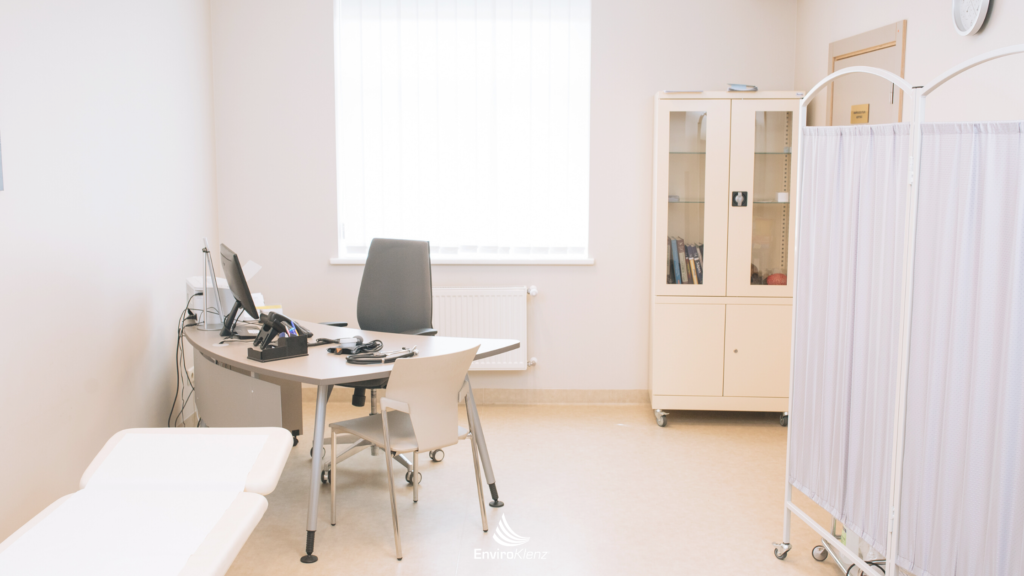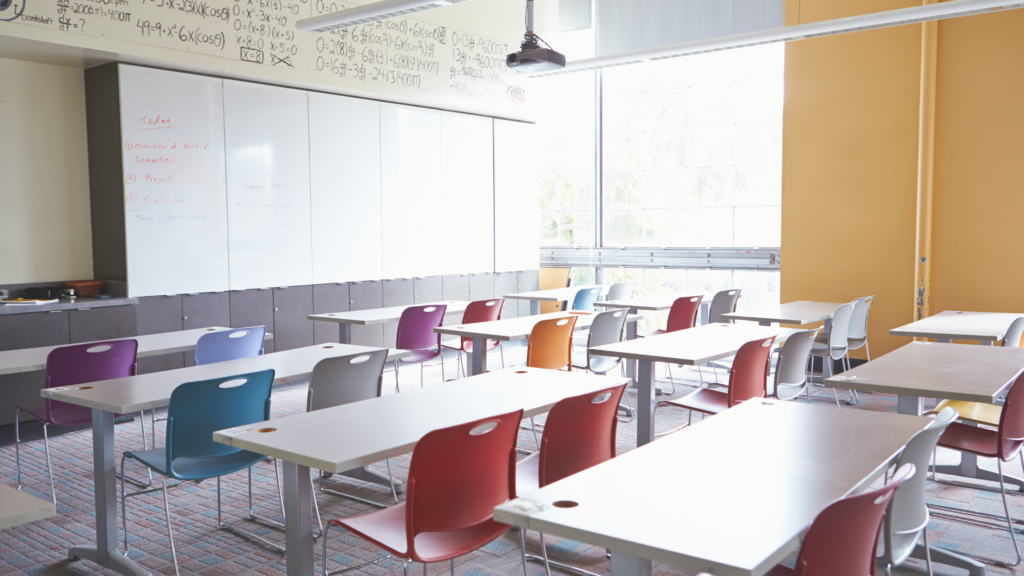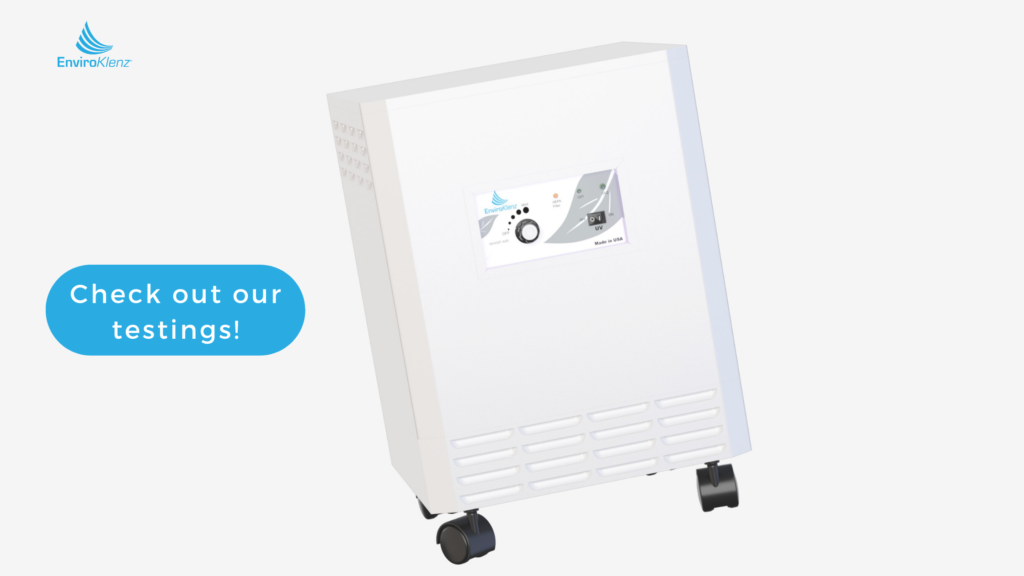The world is slowly awakening from months of social distancing, and stay-at-home orders, and a big part of safe reopening and social distancing considerations is deciding exactly how colleges and universities will be able to open their doors once again. The discussions and decision-making will doubtlessly continue until well after the doors have been flung open, and students shoulder their backpacks for class, but here is what is happening now in American colleges and universities.
In this article, you will learn how some colleges are preparing to reopen across America in the Fall, what most common preventative measures are being taken, and how colleges can prepare themselves and their students for success.
What will change in higher education institutions
Whether or not it is safe for colleges and universities to reopen is a majorly polarizing issue right now. On one side of the discussion, you have the argument that students learn better in a traditional classroom setting, and on the other hand, you have the danger inherent with the up close and personal lifestyle most on-campus college students lead.
While it is true that many classes can be (and are being) taught via distance education on the internet, a large subset of classes requires in-person instruction. Governing board of colleges in every state have been busy at work making plans for every eventuality in the fight against the pandemic and here are a few of the strategies being considered or deployed to keep students learning:
Face masks are required for all students and staff
One of the almost universal steps toward flattening the COVID-19 curve that colleges are adopting are required cloth face coverings for everyone on campus.
Reduced class sizes
Another popular tactic for lessening the risk is by reducing class sizes and limiting the number of students on campus at any one time. Schools are executing this tactic by offering more online and distance hybrid options for classes, while still allowing some students to attend traditional classes.
Moving the largest classes online
Some of the largest classes on all campuses are being converted into online-only classes and significantly reducing the number of people on campus at any given time.
Increasing the daily sanitation schedule
Colleges and universities are dramatically increasing the number of times per day they sanitize commonly touched surfaces like desks, door handles, and vending machine buttons.

How Colleges Are Preparing
These extraordinary circumstances are requiring college and university staff to prepare differently for this upcoming semester than they ever have before. Some areas seeing major overhauls in approach and execution include Student Health Centers and dorms.
The student health center has traditionally been a place where students can receive treatment for minor illnesses and injuries as well as referrals out in the community for bigger issues, but these offices are being used for the grander purpose of testing students for COVID-19 as well as helping county health officials trace contacts of infected individuals. This portion of the University has to follow CDC guidelines for health facilities, which includes an increase in air exchanges per hour indoors.

One of the most iconic aspects of larger universities is the option to live on campus when school is in session. While this is an exciting time for college students, dorms can be a breeding ground for microorganisms. In order to combat this, colleges are turning to a reduced number of students allowed to live on campus, mask regulations, reductions in on-campus visitors, education programs, and increased maintenance of air ventilation systems.
Why Universities should invest in air purifiers?
By adding air purifying systems to classrooms and labs, colleges and universities are investing in the health of their students by investing in the quality of the air they breathe. Many colleges are built in older buildings with subpar ventilation and a high-quality air purifying system, such as the EnviroKlenz Air System Plus, can significantly improve the indoor air quality. Our stand-alone unit has a system approach to give establishments the cleanest air possible. The system is composed of an air cartridge that contains a patented earth mineral technology, a medical-grade HEPA filter, and UV-C lights for germicidal destruction.
EnviroKlenz® Medical Disclaimer:
“Any information that is provided on this website is not for the use by any commercial or personal entity without expressed written consent of the blog author. The material and statements illustrated within this blog are not intended to diagnose, treat, cure, or prevent any diseases or medical conditions. Nor does the author in any way guarantee or validate the validity, totality, or efficacy of any claims and will therefore not be held responsible for the content of any claims. Always consult your medical physician for any specific medical advice or recommendations.”


